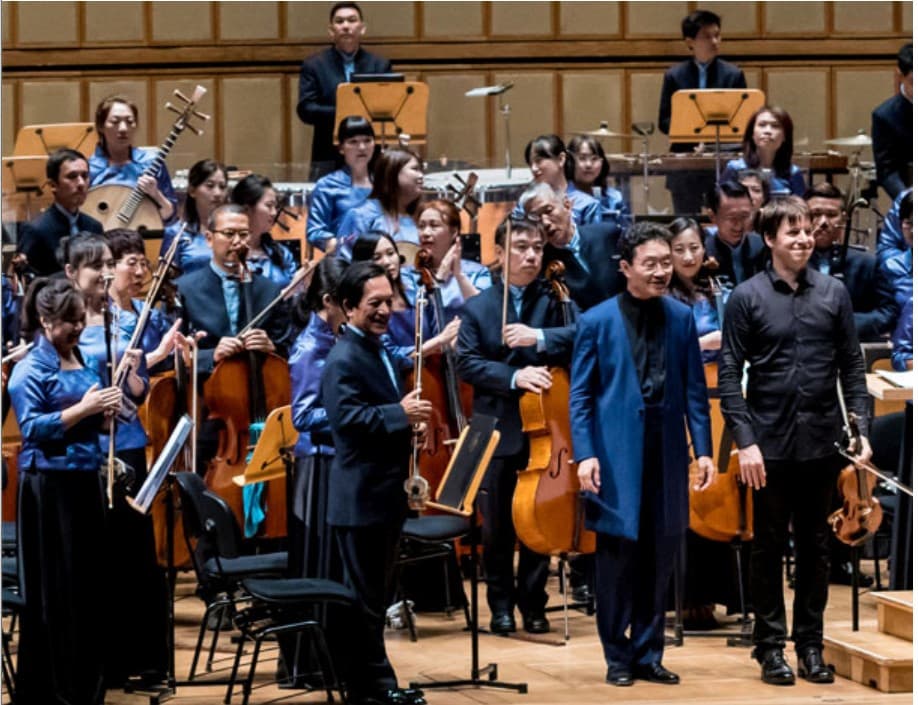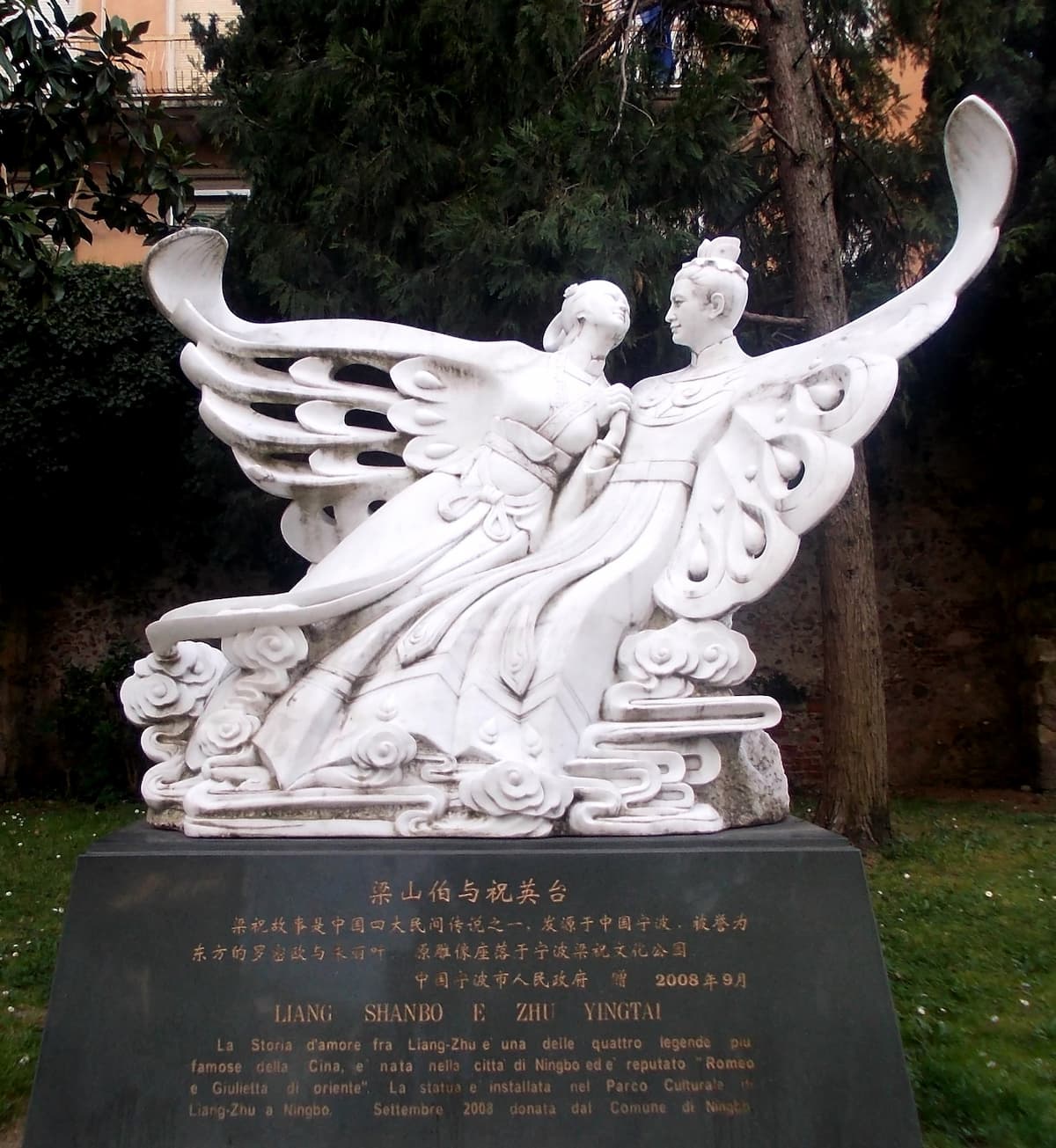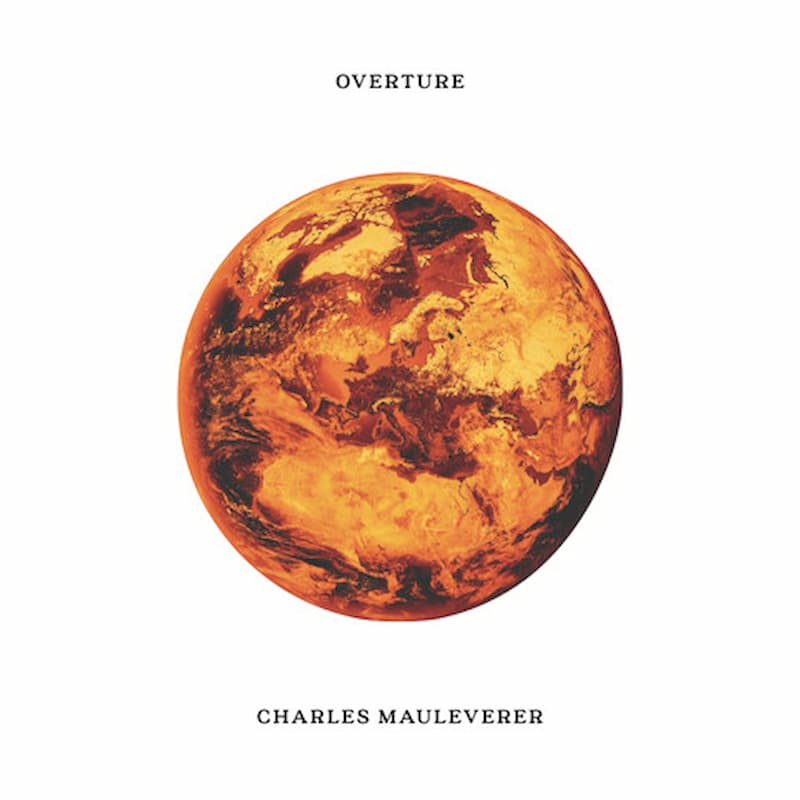American violinist Joshua Bell has just released 3 Western classics and 1 Chinese classic in new orchestral arrangements. Working with the Singapore Chinese Orchestra, conducted by Tsung Yeh, Bell has taken Saint-Saëns’ Introduction et rondo capriccioso, Massenet’s Médiation from Thaïs, and Sarasate’s Zigeunerweisen and recorded them with the Western orchestral parts arranged for Chinese orchestra. He’s also recorded Gang Chen and Zhanhao He’s violin concerto The Butterfly Lovers, which was originally written for violin and Western orchestra, in an arrangement for violin and Chinese orchestra. This work is familiar to many people through its popularization by Japanese violinist Takako Nishizaki’s many recordings.
What is a Chinese orchestra?

Joshua Bell with the Singapore Chinese Orchestra
What is a Chinese orchestra? This is an orchestra that, instead of using traditional Western instruments (violin, viola, flutes, oboe, brass instruments), traditional Chinese instruments are used. The string section is expanded to include both plucked and bowed instruments as well as the dulcimer, which is played with mallets. The western cello and bass are part of the Chinese orchestra, but in some ensembles are replaced by a bowed bass moon lute. The wind section starts with the flute-like dizi, which comes in many sizes but also includes the bamboo mouth organ, the sheng, and the very piercing sound of the double-reed suona. The percussion section is enormous, and, along with many kinds of drums and cymbals, includes frame drums and many sizes of gongs.
The Chinese orchestra is a purely 20th-century invention, with its roots in the desire to match Chinese instruments to the Western repertoire. To fill out the sound of a Chinese orchestra, new instruments had to be made and old instruments augmented. Most Chinese instruments fill the upper range of sound, with few bass instruments. The sheng had extra pipes added so it could play harmonies, small treble instruments such as the erhu were made in many different sizes, and a dizi was created that could play chromatic lines.
Chen Gang / He Zhanhao: The Butterfly Lovers Violin Concerto (arr. Yang Hui Chang and Gu Li Min for violin and Chinese orchestra) – I. Adagio cantabile (Joshua Bell, violin; Singapore Chinese Orchestra; Tsung Yeh, cond.)
One of the interesting aspects of this recording is how much freer Bell sounds than many Butterfly Lovers recordings – it’s as though he’s picked up the swoopy sound of the erhu and incorporated it into his violin technique. Many erhu techniques were written into the original score, and Bell uses those techniques as a launch pad for his own interpretation.
The Butterfly Lovers was written in 1959 by Gang and He while students at the Shanghai Conservatory and there are many elements of Shanghai Opera in the melodies and style. The traditional story of two lovers parted and united only in death, where they are reincarnated as butterflies, comes from Chinese folklore.

Monument to Liang Shanbo and Zhu Yingtai near the Tomb of Juliette in Verona, Italy (Photo by Andrijko Z.)
The butterfly-like character in the violin line comes out beautifully in the final Adagio section and the unique sound of the Chinese orchestra gives us the colour of a different sound.
Chen Gang / He Zhanhao: The Butterfly Lovers Violin Concerto (arr. Yang Hui Chang and Gu Li Min for violin and Chinese orchestra) – VII. Adagio cantabile (Joshua Bell, violin; Singapore Chinese Orchestra; Tsung Yeh, cond.)
The other three pieces on this recording, Saint-Saëns’s Introduction et rondo capriccioso in A Minor, Op. 28, Massenet’s Méditation from Thaïs, and Sarasate’s Zigeunerweisen aren’t as effective at bringing out the unique Chinese orchestra sound, but this be more about the fact that these are violin showpieces, rather than showpieces for violin and orchestra. The orchestra is pushed to the background so that the violin might shine all the more brightly. Nonetheless, it’s a delight to hear these familiar violin warhorses with a new sound. Listen, for example, to the Saint-Saëns at 06:44 where the violin line is echoed in the orchestra but with a very Chinese sound.
Camille Saint-Saëns: Introduction et rondo capriccioso in A Minor, Op. 28 (arr. Yew Tien Phoon for violin and Chinese orchestra) (Joshua Bell, violin; Singapore Chinese Orchestra; Tsung Yeh, cond.)
The Butterfly Lovers has been recorded many times with violin as a soloist and a few times in arrangements with the erhu as a soloist. This appears to be the first arrangement for Chinese orchestra and it brings new ideas to works that come from both the East and West.
For more of the best in classical music, sign up for our E-Newsletter


